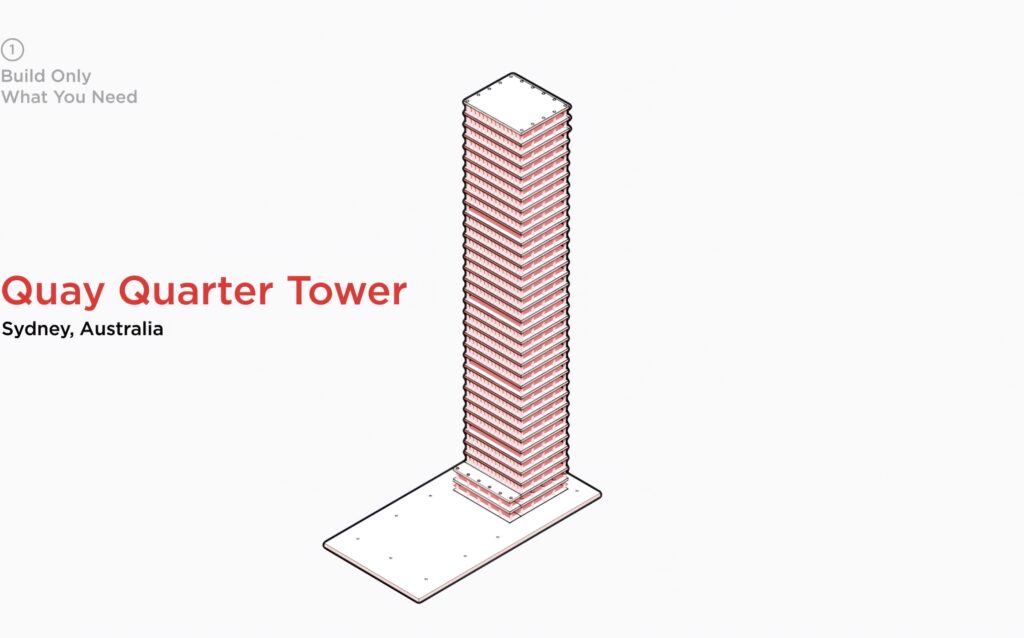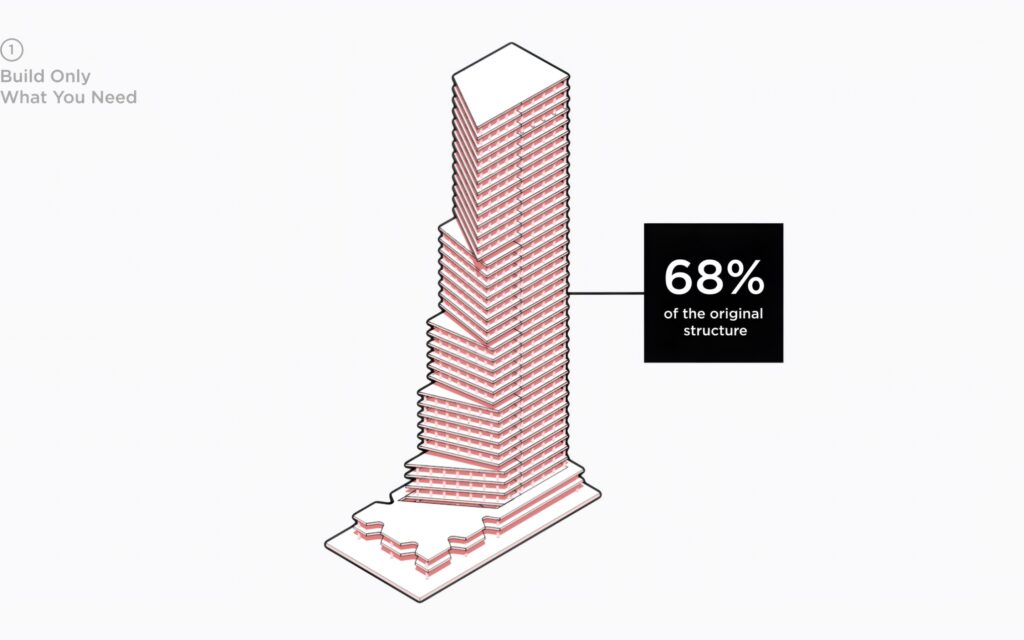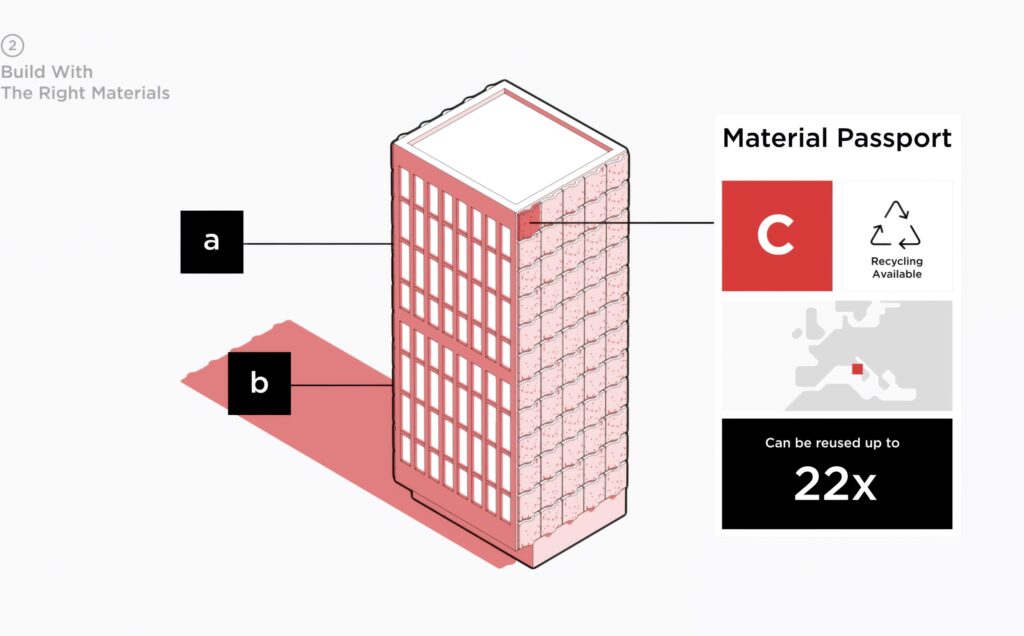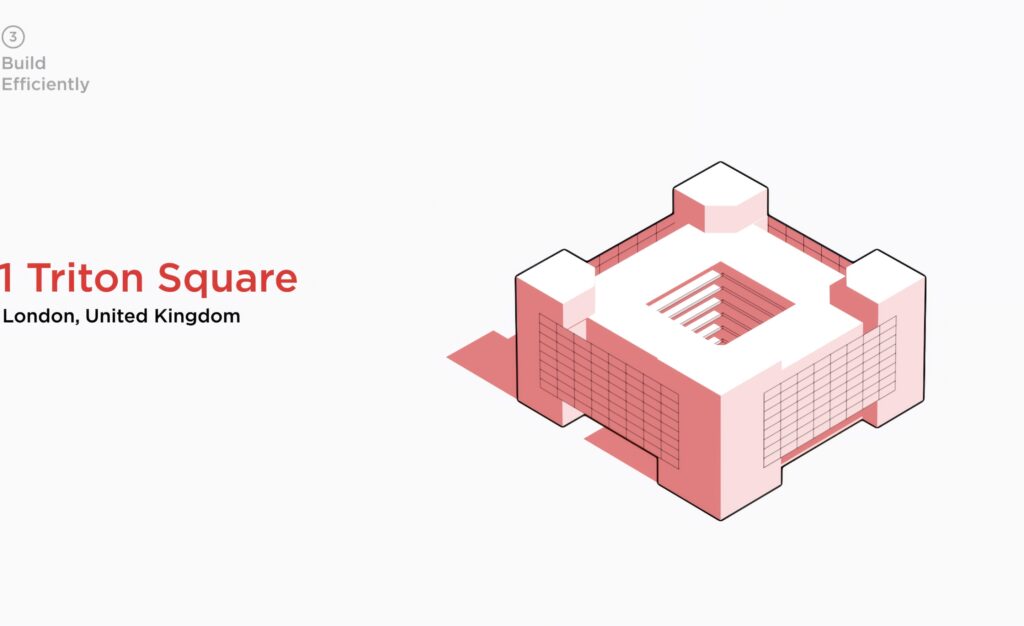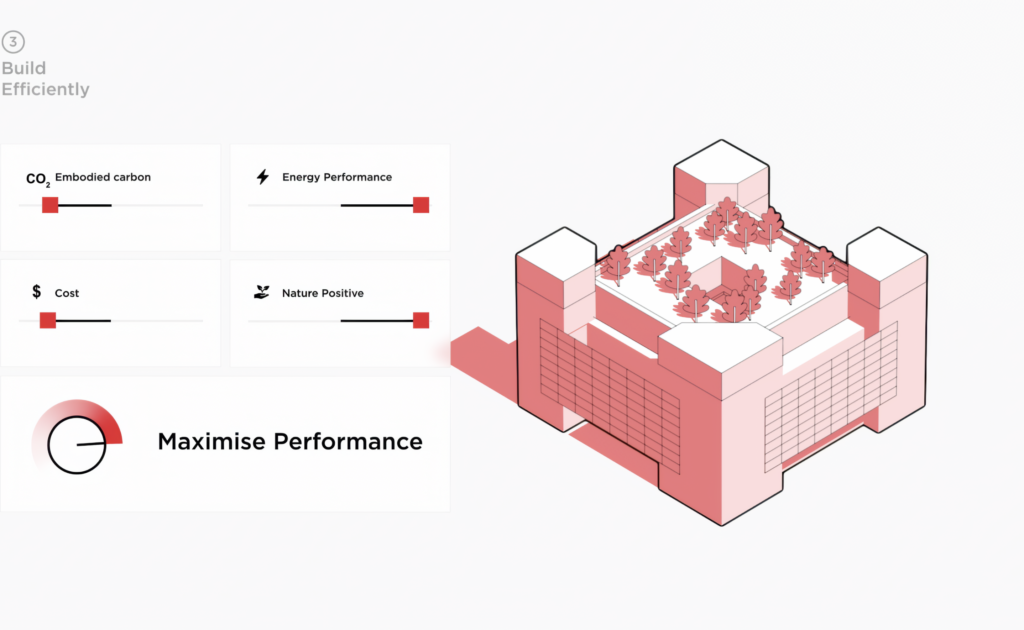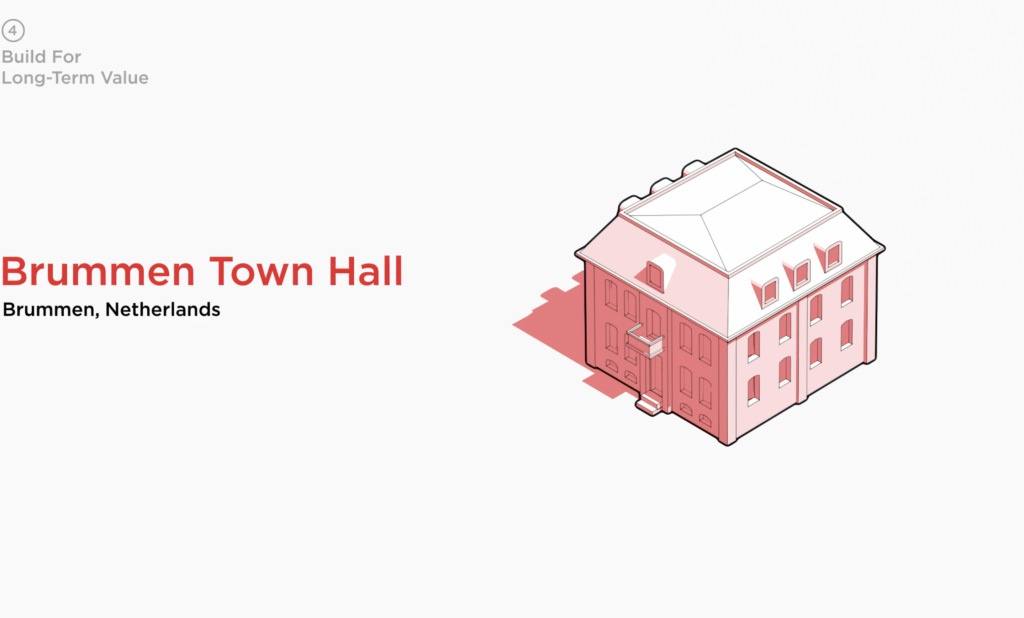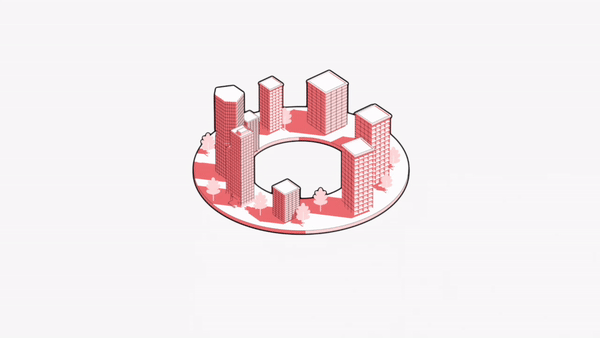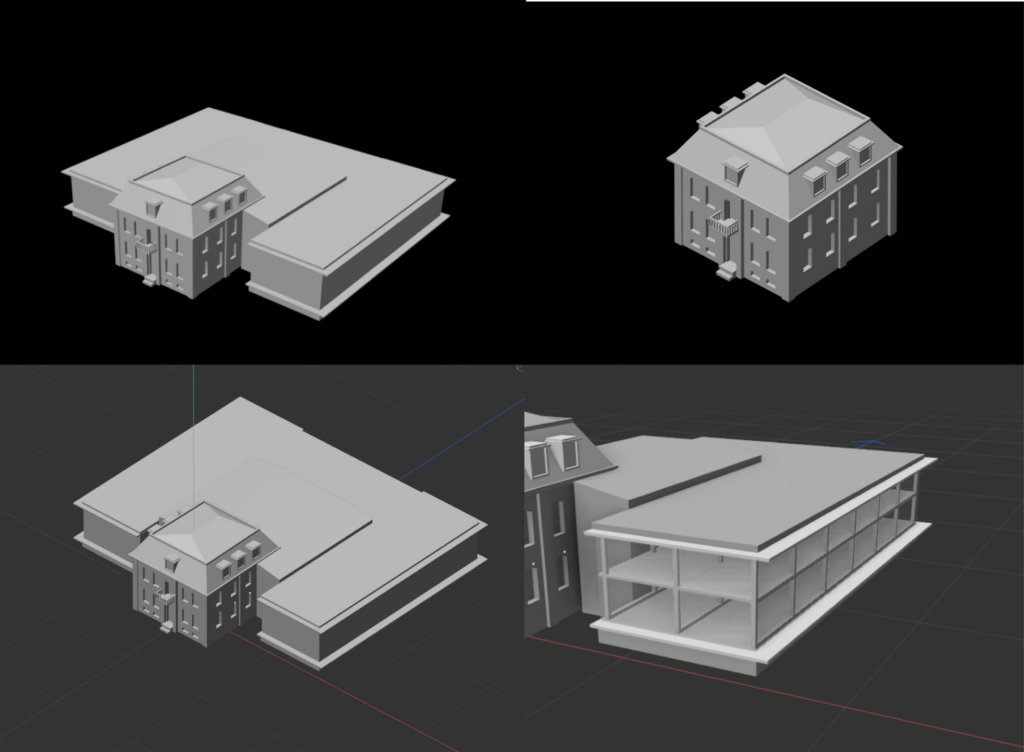Project Details
The built environment is one of the largest contributors to climate change. To realise a net zero and nature-positive future, the building industry needs to dramatically reduce its environmental impact. Watch the film, which unpacks four key elements that should be considered for any new building project, and explore Arup’s Circular Buildings Toolkit.
Client
Arup and the Ellen MacArthur Foundation
Location
London
Sector
Architecture & Built Environment
The Brief
Help Arup and EMF to build awareness around achieving net zero in the built environment based on the principles of their Circular Building Design Toolkit.
Our Response
A powerful communication tool conveying the role of the circular economy as a framework for achieving net zero carbon over the lifecycle of a building project.
With Arup and EMF, Squint/Opera developed a film that would convey their Circular Building Design Toolkit, which brought together sustainability strategies, development case studies and green tech tools for designing more circular buildings, meaning reduced waste and carbon for a healthier planet and healthier people.
Effectively communicating the circular economy, particularly within the context of the built environment, is complex and challenging; short turnarounds and budget constraints often limit Green Tech companies. There are so many elements to convey, and a wide audience needs to be engaged. To do so, we broke the circular economy concept down into four key principles.
Build Only What You Need: Repurposing existing structures is more efficient and environmentally friendly than constructing new buildings. We can conserve resources and reduce carbon emissions by transforming and adapting what we already have. The Quay Quarter Tower in Sydney is a prime example, saving substantial carbon and construction costs.
Build with the Right Materials: Renewable, bio-based materials or those with low embodied carbon are vital for sustainable construction. Material passports can track the lifecycle of these materials, making it easier to recover and reuse them in the future.
Build Efficiently: Every decision can significantly reduce carbon and waste, no matter how small. As adopted in the One Triton Square project in London, a marginal gains approach involves scrutinising every system and component to enhance performance and minimise carbon emissions and costs.
Build for Long-Term Value: Buildings may not last forever, but their components can. By selecting materials that can be easily recycled and reused, such as the timber components used in Brummen Town Hall, we can transform buildings into “material banks” for future construction.
These principles require strong leadership, cross-sector collaboration, innovative business models, and groundbreaking digital tech. Only by embracing this shift in mindset can the building industry fully realise the benefits of the circular economy and contribute to a net-zero future.
The narrative needed to be clear and concise to engage with a wide-ranging cross-sector audience of policymakers, developers, investors, architects, designers, project managers, contractors and suppliers. So Squint leveraged the power of animation as a powerful visual medium to convey the film’s message. A well-crafted animated video effectively illustrates the circular economy’s four key pillars and demystifies the concept for a broad audience.
The Circular Buildings Toolkit is a great resource for further exploring these concepts, and conveying them in an impactful short film gives our clients a cost-effective communication tool to spread their vision for the future.





